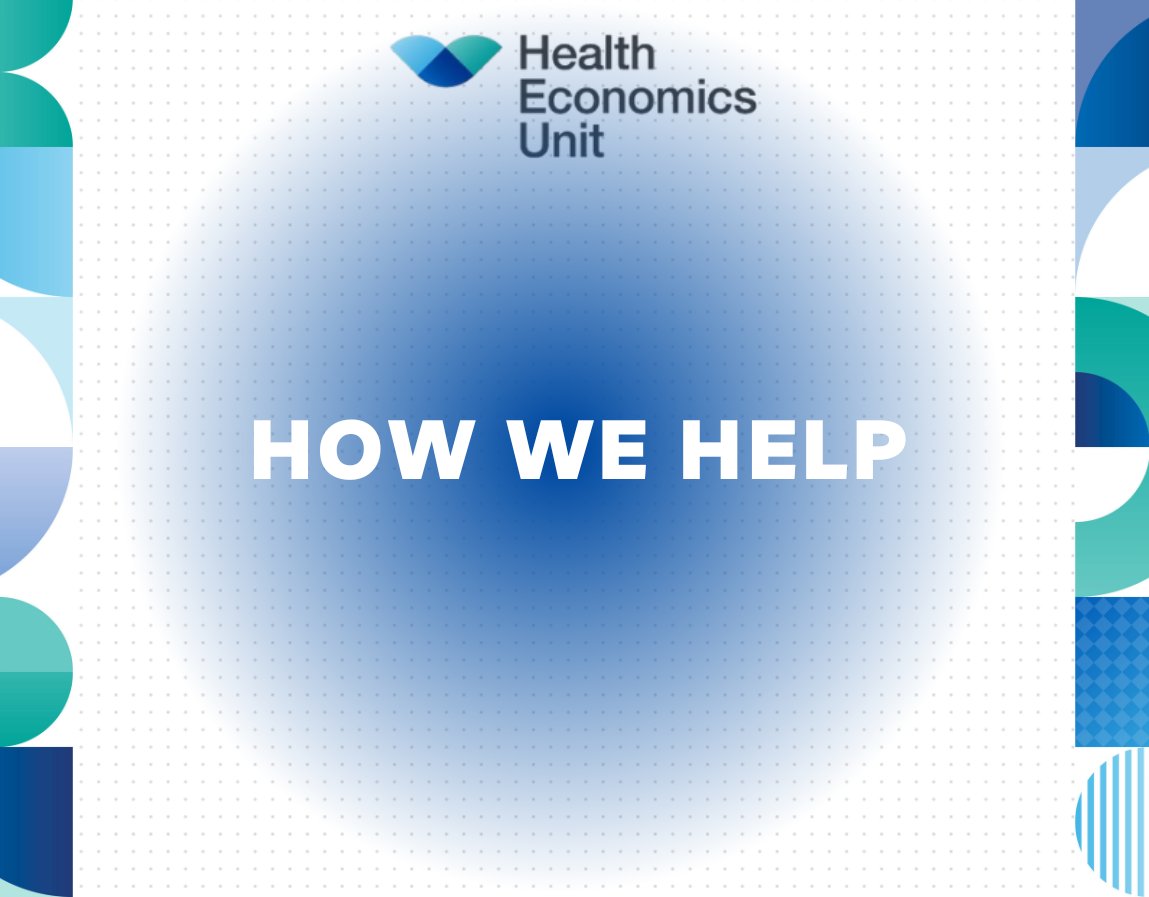Introduction and aims
The Health Economics Unit was asked by the Innovation Agency North West Coast to evaluate the use of the Management and Supervision Tool (MaST) in the community mental health service at Mersey Care NHS Foundation Trust.
Drawing on information from several different sources, the MaST platform uses predictive analytics to predict a patient’s likelihood of requiring crisis care. This can be used by clinicians to manage caseloads more effectively and target early intervention to avoid hospital admission.
Anecdotal evidence from the mental health service teams suggested that MaST was having an impact on the care being provided. However, more information was needed to prove both this and the financial implications of its use.
Our objective was to assess and evaluate the impact MaST had on:
- service user flow
- management of mental health crisis in the community
- quality and safety
- caseload management
- resource use and cost savings.
Methodology / approach
We worked in partnership with MaST’s developers (Holmusk) and the Innovation Agency, to scope the project and complete the evaluation.
Our first step was to gain a clear understanding of what the intervention was looking to solve, and how it would fit in the bigger care picture. We used a pathway mapping exercise and a logic model to inform the outcomes of interest and identify key metrics and the data we would need to complete the analysis.
Our team produced an evaluation framework and analysis plan to help guide the evaluation. Before carrying out descriptive analysis and regression analysis to take a closer look at the potential impact of MaST.
Results
Our analysis showed that crisis rates with the mental health service began to decline during the introduction of MaST. They then continued falling, with a reduction in the length of time patients were staying in hospital. This shift in activity was estimated to have resulted in a cost saving of £1.7m in the six months following its introduction.
It should be noted that there were several factors which impacted analysis and, ultimately, the findings of the evaluation. Firstly, a new data capture system had been introduced which improved data quality but also meant there was limited data available on which to assess MaST’s impact. The onset of COVID-19 shortly after the introduction of MaST posed an added complication and the introduction of MaST coincided with a period of wider service redesign aimed at shifting care from hospital to community settings.
Conclusions
Our team built an excellent working relationship with the analytics lead at Holmusk Europe and so queries were dealt with quickly and efficiently. Our client appreciated regular catch-ups, which set out exactly what stage the project was at and what would happen next. This collaborative approach resulted in a well-received report setting out the findings of the evaluation.
As a result of the report Holmusk was able to:
- demonstrate the benefits of MaST for executive teams
- submit an abstract of the paper to the Royal College of Nursing conference with the aim of securing a presenting slot
- use outputs from the report in business cases to help provide evidence-based findings to support requests to implement the system.
Caroline Gadd, Managing Director Holmusk (MaST)
“The process of working with the Health Economics Unit was excellent. Considering we were working on this during the height of the pandemic and everything was taking place remotely, the team really took the time to deeply understand the service. They went above and beyond what was originally set out and were quick to adapt and be flexible when needed. We have been handed a great report that does exactly what we need. It has credibility and answers many of the questions Trusts have about MaST and its impact.”
Laura Boland, Senior Programme Manager Innovation Agency Academic Health Science Network for the North West Coast
“The Health Economics Unit is always great to work with. This was a collaborative project and the team was always available and receptive to our needs. Having tangible results, such as this evaluation, helps us put the case forward to adopt innovation more widely. It’s important to validate our processes and the HEU are excellent at helping with this.”
